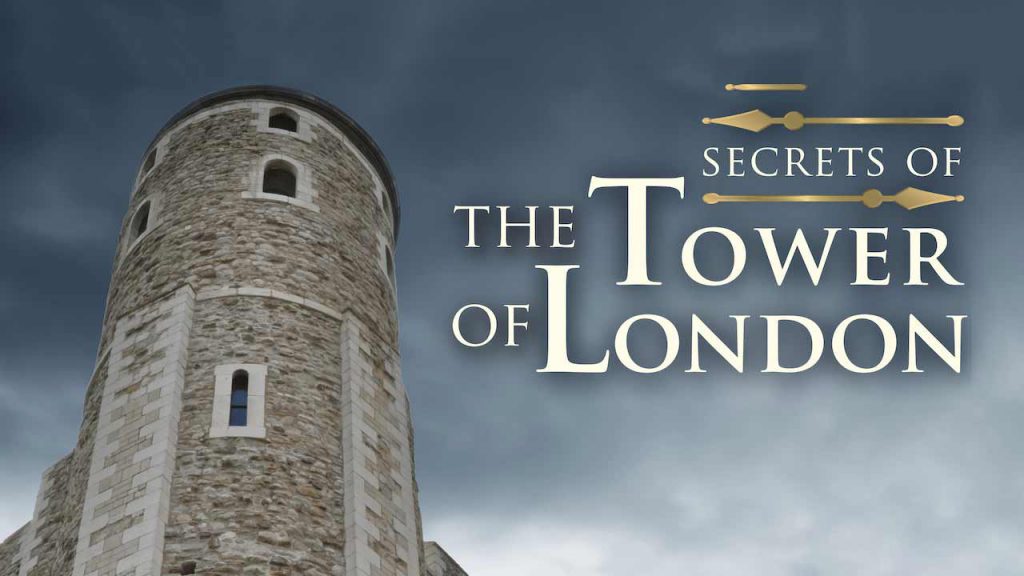Secrets of the Tower of London: The Tower of London is England’s most formidable royal fortress, standing guard on the banks of the great River Thames. It is home to a thousand years of bloody history and is one of Britain’s most iconic landmarks. At almost every chapter in London’s history, the Tower has had a starring role. Built by William the Conqueror as part of the Norman Conquest of England in the 11th century, it was designed to dominate London’s skyline.
The ancient fortifications are set in grounds the same size as those of the White House, but this is far more than just a castle, protecting London from her enemies. The Tower is a truly multipurpose site and has fulfilled many different functions over the centuries of its existence. It’s been the nation’s store house for wild and exotic animals, a repository for weapons and armor and a secure strong-room for the monarchs’ most precious possessions: the Crown Jewels of England. It’s also been the private palace home of kings and queens.
Secrets of the Tower of London
It has served as a near-inescapable prison, incarcerating all who angered the sovereign ruler of the day and a fearful place of execution, infamous for its bloody beheadings — the most infamous of all being that of Henry VIII’s second wife Anne Boleyn. She played a role in one of the most turbulent times in British history. King Henry had defied the Pope to marry her, declaring himself supreme head of a new Church of England. Just three years after her glorious coronation, she was to return to the tower. Henry had conspired with his chief minister to have her accused of adultery with five men, one of them her brother. Four of them went to the block protesting her innocence and their own.
Locked within its 15-foot thick, solid stone walls are vestiges of its past, often hidden from public view. Medieval murals, evidence of wild and exotic creatures, skeletal remains locked in secret chambers, secret messages left by prisoners, and an exhibit which has been running for the last five hundred years – which now has the status of the longest running exhibition in the world. The Tower is a huge tourist destination, with two millions visitors flooding through the gates every year.
Tower of London
Secrets of the Tower of London, officially Her Majesty’s Royal Palace and Fortress of the Tower of London, is a historic castle on the north bank of the River Thames in central London. It lies within the London Borough of Tower Hamlets, which is separated from the eastern edge of the square mile of the City of London by the open space known as Tower Hill. It was founded towards the end of 1066 as part of the Norman Conquest of England. The White Tower, which gives the entire castle its name, was built by William the Conqueror in 1078 and was a resented symbol of oppression, inflicted upon London by the new ruling elite.
The castle was also used as a prison from 1100 (Ranulf Flambard) until 1952 (Kray twins), although that was not its primary purpose. A grand palace early in its history, it served as a royal residence. As a whole, the Tower is a complex of several buildings set within two concentric rings of defensive walls and a moat. There were several phases of expansion, mainly under kings Richard I, Henry III, and Edward I in the 12th and 13th centuries. The general layout established by the late 13th century remains despite later activity on the site.
The Tower of London has played a prominent role in English history. It was besieged several times, and controlling it has been important to controlling the country. The Tower has served variously as an armoury, a treasury, a menagerie, the home of the Royal Mint, a public record office, and the home of the Crown Jewels of England. From the early 14th century until the reign of Charles II in the 17th century, a procession would be led from the Tower to Westminster Abbey on the coronation of a monarch.




